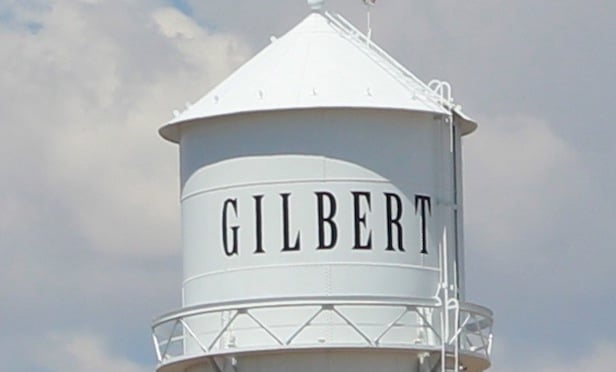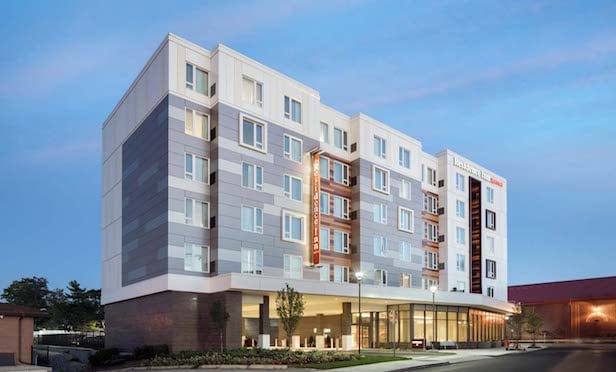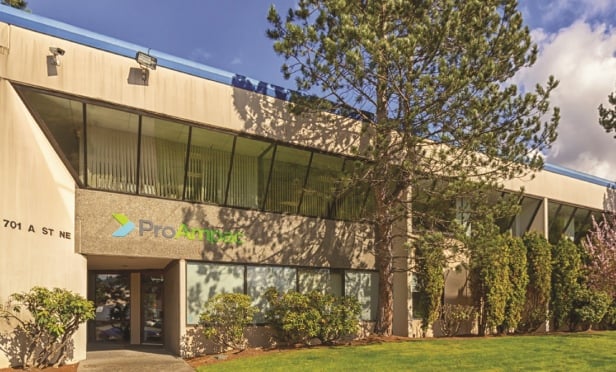[IMGCAP(1)]
IRVINE, CA—The share of home sales in the above-$200,000 price range increased 10% in August from a year ago, while the share of home sales in the $200,000-and-below price range was down 9% in that time period, according to a report from RealtyTrac. At the same time, home-price appreciation slowed in 18 of 20 of the largest US housing markets and a total of 63% of all markets last month as compared to a year ago, the firm reports.
Also, home sales volume seems to be on a downward trend. US residential properties sold at an estimated annual pace of roughly 4.5 million in August, down .5% from the previous month and down 16% from a year ago—the fourth consecutive month where annualized sales volume has decreased on a year-over-year basis, according to the report.
Still, the median price of US residential properties sold in August—including both distressed and non-distressed sales—was $195,000, up 3% from the previous month and up 15% from a year ago to the highest level since August 2008, representing a six-year high.
“Higher-end properties are taking up a bigger share of a smaller home-sales pie, boosting the median home price nationwide higher even as home-price appreciation slows to single digits in many of last year's red-hot local housing markets,” says Daren Blomquist, VP of RealtyTrac. “On the other hand, markets where large institutional investors and other buyers have not picked clean lower-priced inventory are continuing to see strong, double-digit increases in median home prices.”
Blomquist tells GlobeSt.com: “The higher-priced inventory will continue to represent a disproportionately large portion of home sales until lower-priced inventory is unlocked in two ways: first, with banks starting to push through and sell some of the foreclosure inventory delayed by the Homeowner Bill of Rights in California and similar legislation in other states; and second, when more of the 9 million homeowners still seriously underwater nationwide—many of them with lower-end properties—regain enough equity to sell. It's appearing more likely that the first scenario will play out sometime in the next six to 12 months, although that could vary in some states. The second scenario will likely take two to five years given that we define homeowners being seriously underwater when the loans secured by the property are at least 25% more than the estimated value of the home. At the single-digit appreciation rates we're seeing now in most markets, it will take several years for those homeowners to regain enough equity to sell.”
As GlobeSt.com reported earlier this week, RealtyTrac said the millennial generation is generally moving from lower-priced to higher-priced markets for both buying and renting, with the tradeoff being more jobs (lower unemployment) and higher median incomes in the markets to which they are moving. The top two counties for percentage increase in millennials between 2007 and 2013 were in the DC metro area—Arlington County, VA, which saw an increase of millennials of 82% and Alexandria City, VA, which saw an increase of 81%.
[IMGCAP(2)]
[IMGCAP(3)]
© 2025 ALM Global, LLC, All Rights Reserved. Request academic re-use from www.copyright.com. All other uses, submit a request to [email protected]. For more information visit Asset & Logo Licensing.







